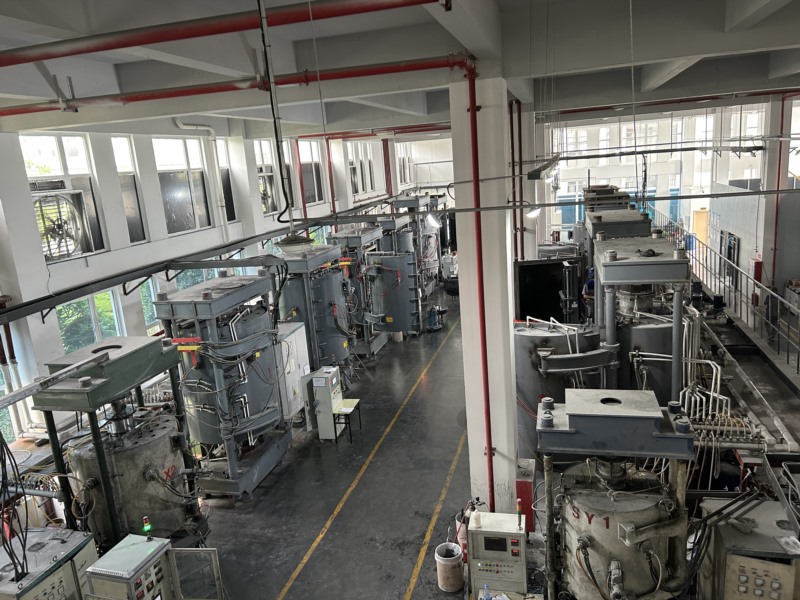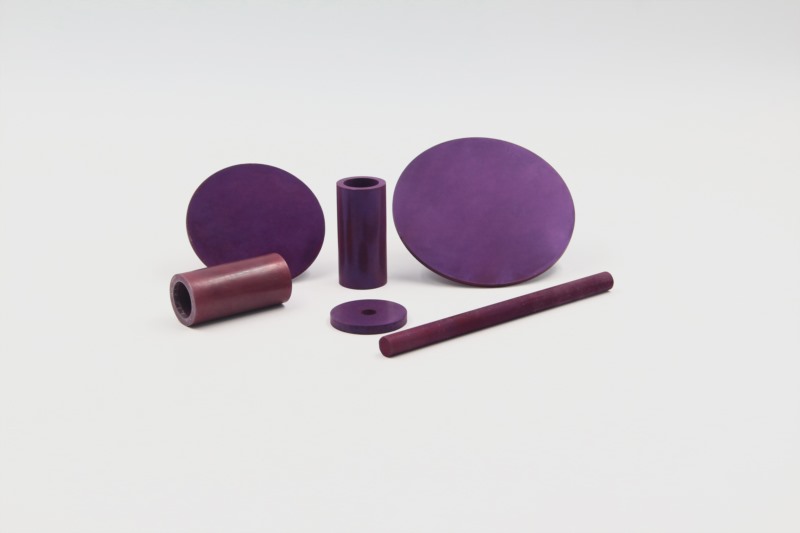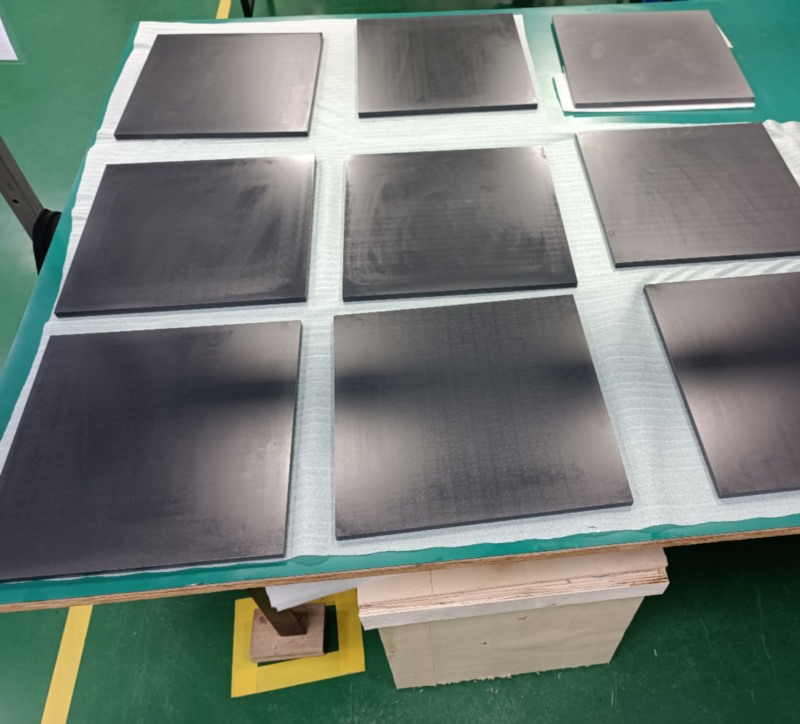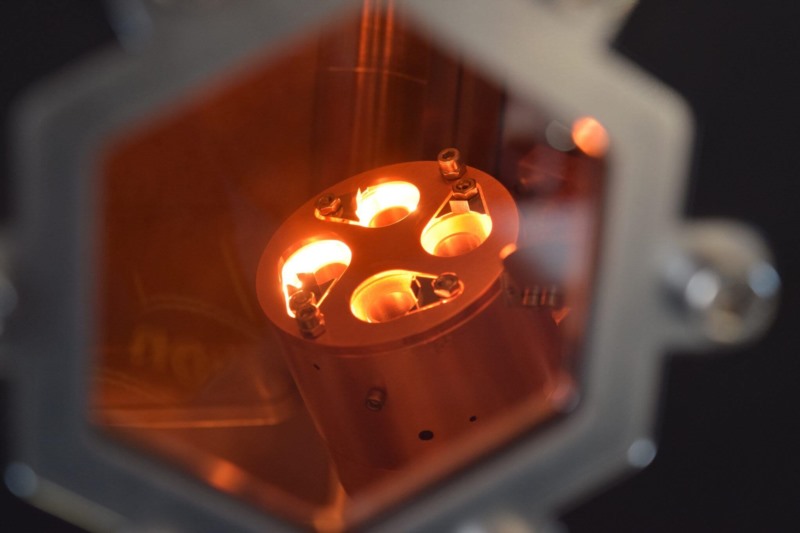Hot Pressing (HP) Sintering Process for Ceramic Materials Applications
Hot pressing(HP) sintering process is the most commonly used technique for fabricating dense, non-oxide monolithic ceramics and their composites.
During hot pressing sintering, temperature and pressure are simultaneously applied to the powder compact contained in a die. Under the application of pressure, the contact points between particles develop a very high stress, increasing the local diffusion rates.

As for all forms of densification, the particle size, temperature, pressure, heating rate and holding time all influence the density and micro-structure of the hot pressed compacts whilst a controlled atmosphere is required for the Non-oxides. Carbides, borides and silicides are often hot pressed under vacuum or an inert gas such as argon whilst the nitrides are generally densified under a nitrogen atmosphere.
What are the benefits of hot pressing sintering?
Hot pressing sintering is a manufacturing process that uses heat and pressure to create strong, durable parts. The process has several benefits, including:
· High strength and durability
Hot pressed parts are typically much stronger and more durable than parts sintered using traditional methods. This is because the high temperature and pressure of the hot pressing process cause the particles in the powder to sinter more completely, resulting in a denser material with fewer defects.
· Precise dimensional control
Hot pressing sintering can create parts with exact dimensional tolerances. This is because the pressure of the hot pressing process helps to force the particles in the powder to close together, resulting in a more uniform and consistent shape.
· Reduced manufacturing costs
Hot pressing sintering can be a more cost-effective manufacturing process than traditional methods, such as machining or casting. This is because hot pressing sintering can create parts with complex shapes and features that would be difficult or expensive to machine or cast.
· Improved surface finish
Hot pressing sintering can produce parts with a much improved surface finish than traditional sintering methods. This is because the high temperature and pressure of the hot pressing process help to close up any pores or voids in the material, resulting in a smoother and more uniform surface.
· Reduced sintering time
Hot pressing sintering can reduce the sintering time required for some materials. This is because the hot pressing process’s high temperature and pressure help accelerate the sintering process, resulting in shorter manufacturing cycles.
· Improved mechanical properties
Hot pressing sintering can improve the mechanical properties of some materials. This is because the hot pressing process’s high temperature and pressure help strengthen the material, resulting in parts with improved tensile strength, compressive strength, and fatigue resistance.

Which type ceramic material is available for Hot pressing(HP) sintering process?
· Borides Ceramics: CeB6, Cr2B, LaB6, TaB2,TiB2, ZrB2;
· Carbides Ceramics: B4C, HfC, SiC, TiC, TiCN, VC, WC, ZrC;
· Nitrides Ceramics: AlN, BN, HfN, Si3N4, TiN, ZrN;
· Oxide Ceramics: Al2O3, CeO2, HfO2, MgO, SiO, TiO2, Y2O3, ZrO2, ZnO;

What’s the application of advanced ceramics materials made by hot pressing sintering process?
The high purity ceramic materials(Oxide, Nitride, Boride, and Carbide Ceramics) produce by hot pressing sintering is widely used in thin film technology(as a sputtering target) and semiconductor process.
Our hot pressing sintering process also serves to produce composite parts with more complex shape. Please contact us if your required high purity advanced ceramic material(2N~5N) and hot pressing sintering service(maximum size is Φ580*H500mm).


Comments
Post a Comment